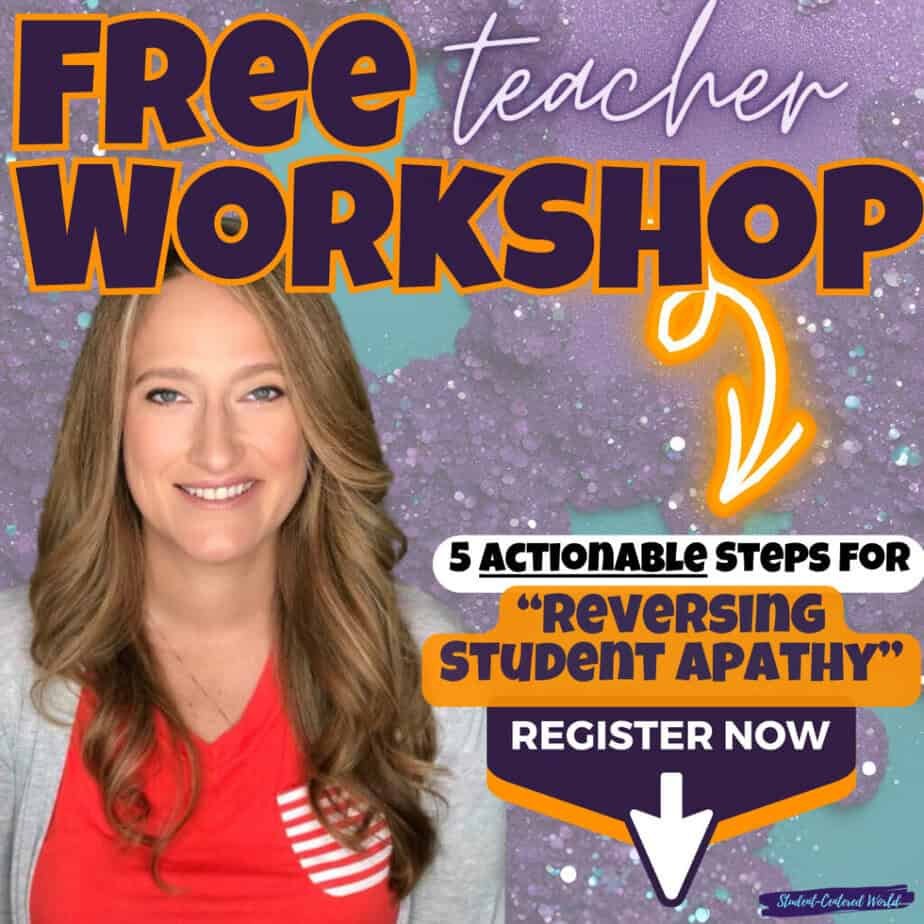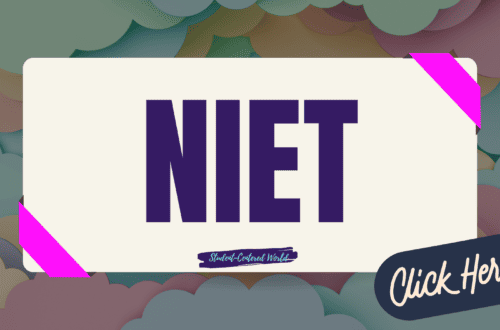Strategies for Getting Students Attention in the Classroom
Engaging students effectively is a dynamic and vital aspect of teaching. As we move further into the 21st century, understanding how to capture and maintain students’ attention becomes even more important, especially with the distractions that modern technology and media bring. Here are some practical, effective strategies for getting students’ attention that are tailored for today’s classrooms and aimed at promoting active learning and student success.
In the landscape of modern education, finding worthwhile strategies for getting students attention can be as challenging as it is crucial. Teachers are tasked with not only delivering course material but also ensuring that it resonates with young learners across various grade levels. The key to effective classroom management and student engagement lies in the adoption of attention-getting techniques that resonate with both the digital classroom and traditional learning environments.
Let’s explore the best ways to maintain student attention, using a blend of time-tested strategies and innovative teaching methods suited to today’s educational demands.
How Can We Keep Student Attention?
The ability to capture and sustain a student’s attention is often dictated by a multitude of factors, including the noise level in the classroom, the type of learning being conducted, and the presence of potential distractions. Whether teaching in front of the room, through a virtual classroom, or at a kitchen table, primary teachers through secondary teachers alike face the challenge of adapting their strategies to fit the dynamic and sometimes unpredictable learning conditions.
Techniques such as using musical instruments as a fun way to signal transitions, employing hand gestures and non-verbal cues to maintain order, or leveraging the tone of your voice to emphasize key points are just a few examples of how educators can draw immediate attention and guide the learning process.
In today’s classrooms, both physical and virtual, maintaining eye contact, using proximity to ensure students are focused, and managing the classroom’s busy areas effectively are crucial for minimizing distractions and fostering an environment conducive to learning. Interactive software and artificial intelligence have also become integral in creating engaging learning experiences that cater to students with short attention spans.

For instance, incorporating group activities that involve cooperative learning or breakout rooms can be an excellent way to encourage participation and keep students engaged over long periods of time.
Moreover, the right use of digital tools, such as PowerPoint presentations or white noise apps to control the classroom ambiance, can significantly enhance student engagement. Tailoring these tools to fit the specific needs of students or adapting them for older or young learners requires understanding the unique dynamics of each age group and their typical behavior patterns. Teachers must also consider the amount of time students spend on schoolwork and balance it with free time, ensuring they do not feel overwhelmed.
As we delve deeper into the strategies that foster deep engagement and active participation, it is essential to remember that every student is unique. What works in one scenario might not be the best option in a different setting. Hence, flexibility, creativity, and keen observation of student responses are fundamental to refining these techniques and achieving meaningful educational outcomes.
Quick Strategies for Getting Students Attention
1. Utilize Attention Signals
Attention signals are a great way to regain the attention of your students quickly. Using hand signals, popular songs, or even musical instruments can serve as cues that help bring the class’s focus back to the task at hand. Experiment with different signals to see what works best for your whole class or even small groups.
2. Integrate Technology
Today’s classrooms are more digital than ever. Use computer software and multimedia educational software to create engaging, interactive learning experiences. Social media can also be a powerful tool for connecting with students and making learning relatable. Whether you’re using direct instructions or project-based learning, technology can facilitate new skills and critical thinking.
3. Foster Active Participation
Encourage students to be active participants in their learning. Techniques like project-based learning allow students to work in small groups and manage individual tasks, which can lead to increased engagement and immediate feedback. This hands-on approach helps students connect theoretical knowledge with practical application, enhancing their understanding and retention.

4. Implement Brain Breaks
Brain breaks during a class period are essential, especially when you need to hold student attention for a long time. Simple activities like stretching, short walks, or quick interactive games can rejuvenate students and improve their concentration. Such breaks are a great way to transition between different learning activities or subjects.
5. Cultivate an Environment of Immediate Feedback
Immediate feedback is critical in keeping students engaged and informed about their progress. This practice helps in correcting misconceptions in real time and encourages students to ask questions and clarify doubts during class time, fostering a more inclusive learning environment.
6. Break Tasks into Smaller Segments
Long tasks can be daunting and may lead to decreased student attention. Breaking down tasks into smaller, manageable segments can help maintain engagement and give students time to absorb information and reflect on what they’ve learned. Each completed segment can boost their confidence and motivate them to tackle the next step.
7. Encourage Group Work and Peer Learning
Small groups are a fantastic venue for students to share ideas, discuss problems, and develop solutions together. This not only improves their social skills but also helps in harnessing diverse viewpoints, which can enhance critical thinking and problem-solving abilities.
8. Focus on Students’ Interests
Incorporating topics that interest your students or using examples from current popular culture can grab and keep their attention. This method makes learning more relevant and enjoyable for them, increasing their overall engagement and enthusiasm.
9. Positive Behavior Reinforcement
Recognizing and rewarding positive behavior and active learning efforts can significantly boost student morale. This can range from verbal praise to some form of reward system based on their interests and performance.
10. Teach New Skills That Are Relevant
Teaching skills that students can see applying in real life can hook their interest. For example, teaching how to create content for social media as part of a digital literacy lesson can be highly engaging and immediately useful for them.
By incorporating these strategies into your teaching practices, you can significantly enhance engagement and ensure that your students are more involved and invested in their learning journey. Whether you are a middle school teacher or instructing older students, these methods are adaptable and can help foster a conducive learning environment where students thrive.
As we conclude this exploration of strategies to enhance student engagement, it is clear that the role of a teacher extends far beyond the traditional realms of imparting knowledge. Today, the challenge is to manage classroom dynamics effectively, whether in physical or virtual settings, to ensure that each student not only understands the course material but is also excited about learning. Employing a variety of attention-getting techniques, from verbal prompts to visual cues, and from bell ringers to interactive group activities, teachers can create a stimulating environment that captures and retains students’ attention.
Best Options for Long-Term Success
One of the best ways to sustain engagement is through the strategic use of technology and innovative teaching methods. From artificial intelligence tools that adapt to the learning pace of students to interactive software that transforms mundane topics into captivating experiences, digital enhancements have become indispensable in today’s educational toolkit. Moreover, understanding the importance of time management, from planning the best time for challenging activities to providing students with adequate breaks, is vital in maximizing both productivity and engagement.
In addition to these technological and procedural strategies, the emotional and psychological aspects of teaching cannot be overlooked. Positive reinforcement, a fun way to encourage learning and behavior change, remains a cornerstone of effective teaching. Likewise, creating a checklist of behaviors at the start of each new task can help students understand expectations and take ownership of their learning. Furthermore, non-verbal cues and the tone of your voice are powerful tools that can influence the classroom atmosphere and enhance student learning outcomes significantly.
Ultimately, ensuring that students are not just present but actively engaged in the learning process involves a delicate balance of strategies, intuition, and empathy. Every teacher, whether helping students at the middle school level or guiding younger children, must adapt these methods to fit their unique classroom dynamics and the diverse needs of their students. By remaining adaptable, observant, and responsive to the ever-changing educational landscape, teachers can foster an environment where learning is not just a necessity but a vibrant, enriching part of daily life.
Stop Driving the Teacher Struggle Bus
Are you struggling with student engagement, apathy, or keeping your class on track?
💫💫 There’s hope! 💫💫
If you’re ready to take the first step towards reviving student engagement and transforming your classroom, I invite you to join me for my free workshop “Reversing Student Apathy” designed to equip educators with innovative strategies that work.
This free teacher workshop offers educators a valuable opportunity to explore and address student apathy. By examining its causes and discussing strategies, participants will learn how to make meaningful changes in their teaching methods that are actually working. The sessions are engaging and collaborative, allowing educators to share experiences and develop a collective approach to improving student engagement.
Highlights include:
- Understanding the roots of student apathy and its impact.
- Strategies for enhancing classroom dynamics.
- The importance of educator-student relationships.
- Innovative teaching approaches for today’s students.
By the end of the workshop, you will not only understand what you need to accomplish to stabilize the 4 pillars of your classroom, but you will also walk away with 5 tangible ideas to try in the classroom the very next day.
Join today to be part of the solution to reigniting student enthusiasm and engagement.







